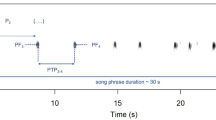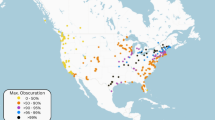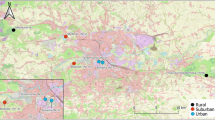Abstract
ANY one who has been in the South of Europe in the summer may have often heard a peculiar sound in the fields or amongst low herbage. The sound is like wheet-t'wheet repeated two or three times at short intervals. I have often been puzzled as to what animal it proceeded from, and should have supposed it to be some orthopterous insect, but that on getting to exactly where the sound had come from, it would again be heard at a distance of some five or six yards without having been seen. Last June, near Ajaccio, I believed I solved the puzzle. After the wheet-t'wheet a small lizard darted across some unusually bare ground, and, once again under cover; recommenced its song. Our great authority, Dr. Günther, is not aware of any true lizard having any vocal power (geckoes have a tchet-tchet— not often heard—are generally nocturnal, frequenting houses or old walls, occasionally hiding under stones during the day). Perhaps the ability of some lizards to produce sounds such as I have here described may not be new to some of your readers.
This is a preview of subscription content, access via your institution
Access options
Subscribe to this journal
Receive 51 print issues and online access
$199.00 per year
only $3.90 per issue
Buy this article
- Purchase on SpringerLink
- Instant access to full article PDF
Prices may be subject to local taxes which are calculated during checkout
Similar content being viewed by others
Author information
Authors and Affiliations
Rights and permissions
About this article
Cite this article
PASCOE, F. Song of the Lizard. Nature 25, 32–33 (1881). https://doi.org/10.1038/025032d0
Issue date:
DOI: https://doi.org/10.1038/025032d0



